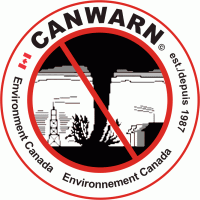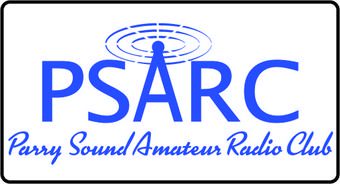
CANWARN is organised in local networks. When CANWARN members spot severe weather, they send their reports to the CANWARN network controller who forwards them to Environment Canada’s severe weather office in Toronto using either a special telephone line or the CANWARN web page. At the weather office, the severe weather meteorologist combines the data from the satellites and radar with the information from the ground to refine the forecast or prepare a severe weather watch or warning. In Ontario, CANWARN stations are equipped with computers, printers, and ham radio equipment, and are located in community centres such as airports, police stations and senior citizens complexes. Environment Canada trains ham radio operators to spot and report severe weather. They learn about the structure of storms, the types of clouds to watch for and what the department’s severe weather watches and warnings mean.
All CANWARN volunteers are encouraged to sign up for the refresher courses which the department offers each year. Several Parry Sound Amateur Radio Club members are certified CANWARN severe weather spotters for Environment Canada and are trained to clearly identify and report to EC, specific hazardous weather conditions that may lead to an emergency situation in our area.
In the links below, you can learn more about the CANWARN program.
Ontario Provincial Communications Networks (Procom Net)
Thursday and Sunday Evenings at 8:00 pm (20:00)
VE3UPS 444.800 is connected to the VE3ERA Hub
To View Who is connected to the VE3ERA Hub use This link
http://stats.allstarlink.org/getstatus.cgi?27288
Emergency Communications Ontario Association and Ontario ARES is dedicated to providing an auxiliary emergency communications network utilizing a wide range of telecommunications equipment and technology, and through objective planning of these resources to deliver a quality communications system that meets the needs of our served clients at the Municipal and Provincial Government levels in the interest of Public Safety and Service.
In the event of a declared emergency these networks would be used to pass emergency traffic between Provincial and Municipal Emergency Operations Centres as well as local ARES Groups, providing coverage of all Ontario Districts.
 Parry Sound Amateur Radio Club
Parry Sound Amateur Radio Club